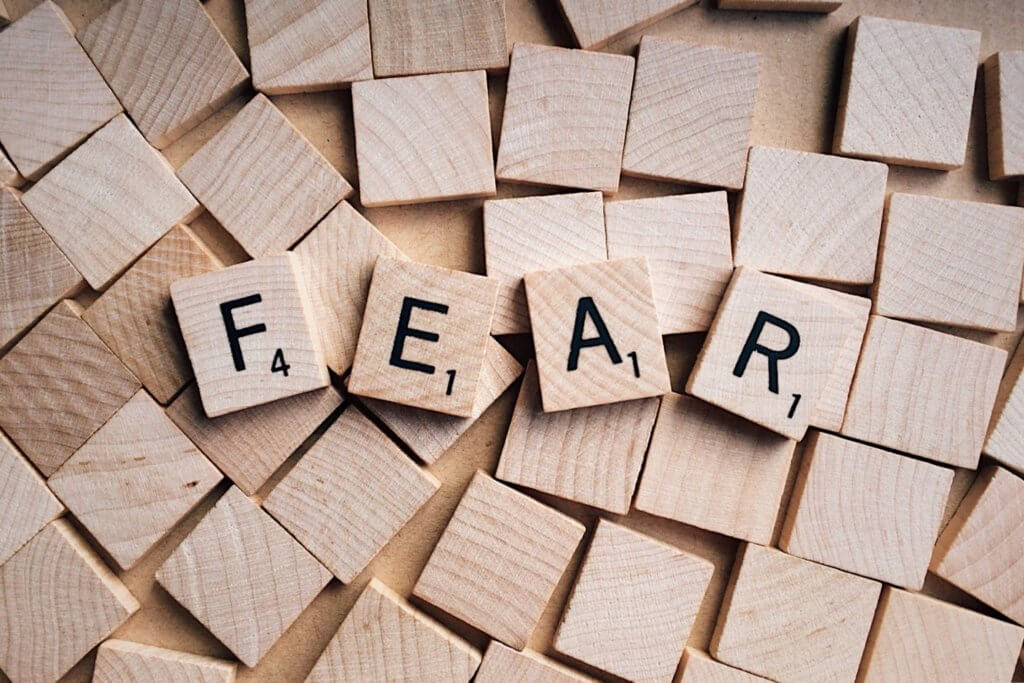How does the human body react when threatened? It depends on the social context when fear arises, the predictability of a threat, and the inherently subjective nature of fear, according to a recent study.
The ethical and practical limits involved with studying human fear have often made research into the topic challenging, particularly in a lab setting. Now, through the use of an immersive haunted house experience, researchers were able to measure, in real-time, the physiological responses of individuals when confronted with various types of threats and scares. The work was conducted the Division of Humanities and Social Sciences at the California Institute of Technology.
A byproduct of evolutionary adaptation, the existence of physiological reactions to perceived threats and fears have played vital hand in human survival. Feeling a physical component of fear can help you avoid potentially threatening situations, optimizing your chances for long and happy life.
While many common physiological reactions to fear are known, such as excessive sweating or an increased heart rate, the specifics between each individual’s reactions vary greatly.
For this study, 156 participants were broken up into smaller groups and spent 30 uninterrupted minutes in a 17-room haunted house. Each room mimicked a different type of threat for participants, including potential suffocation, a car racing towards them, and facing a firing squad.
Before and after entering the haunted house, participants were asked to measure their levels of fear. Additionally, participants wore physiological-monitoring wristbands while in the haunted house, which measured any potential changes that occurred in electrodermal activity. This gave researchers the opportunity to compare one’s subjective feelings of fear with their physiological reactions.
“From a results perspective, this study is distinct because we measure multiple aspects of skin conductance, including slow responding, rapid responding, frequency of responses, and level of responses. Most studies use just one of these measures, which limits our understanding of how dynamic the sympathetic nervous system is and how different factors exert different influences on biology,” said lead author Sarah M. Tashjian in a statement.
Several factors appeared to play a large role in how a person reacted physiologically to the threats. This includes a person’s sensitivity to threats, the impact of expected versus unexpected threats, and the social composition of each group. It also appeared that social dynamics had the greatest impact on tonic arousal, while the predictability of a threat and one’s subjective feelings of fear had a greater impact on phasic arousal.
Perhaps most interesting was the impact of friends and groups on one’s physiological reactions to fear. The presence of friends or other people when experiencing threats appears to heighten the body’s physiological response, particularly when it comes to unexpected frights, according to the study.
Researchers hope their use of a naturalistic environment for this study will lead to further insights in the field of cognitive and social psychology, and provide new understanding of the body’s physiological reaction to threats.
This study was originally published in Psychological Science.
Article written by Adam Swierk












